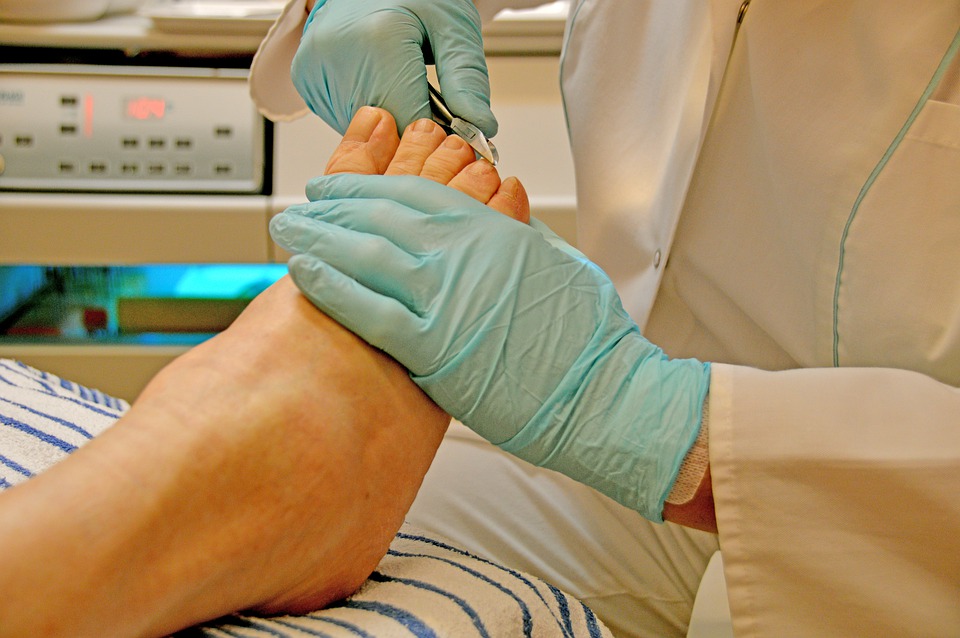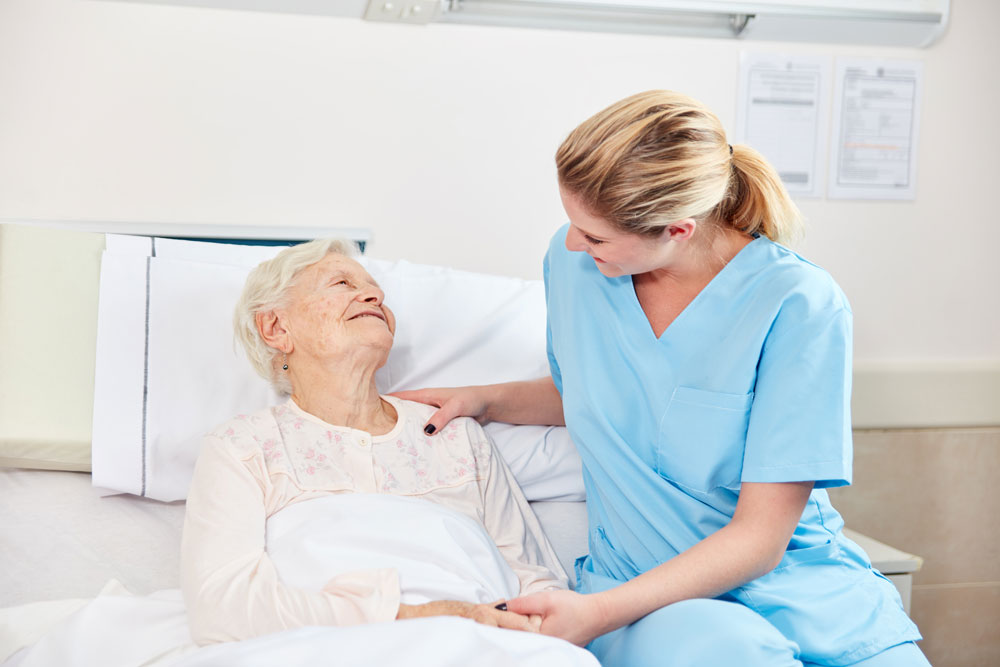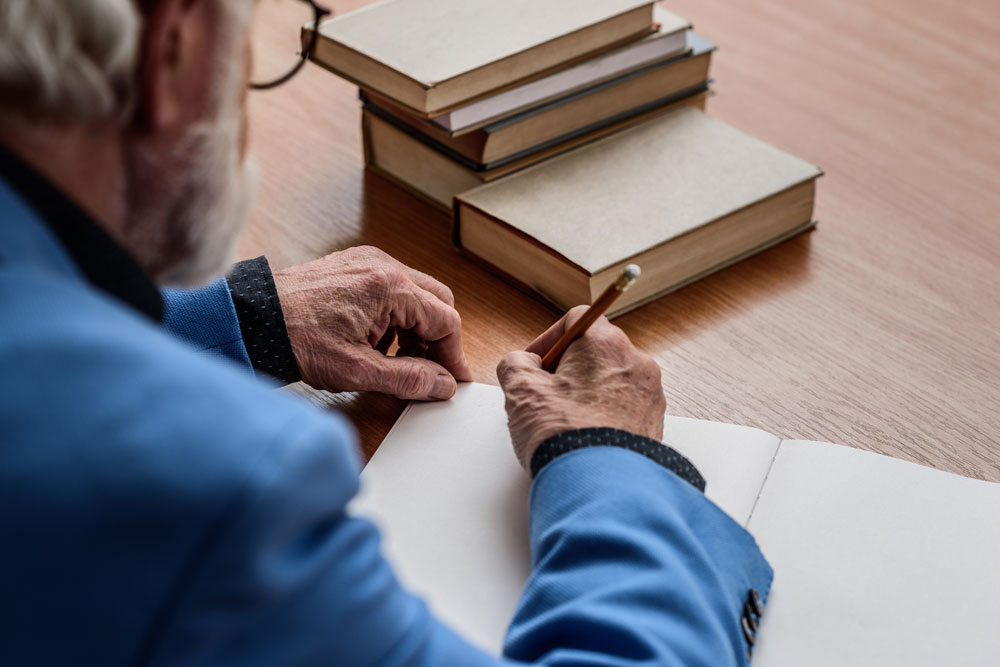"Foot Care in Elderly Care - How to Prevent Problems and Promote Health" Good foot care is fundamental for maintaining walking ability and avoiding sores.
This article is translated with AI and written from a Swedish perspective. Hopefully, it can inspire interested individuals from other countries.
Older people often have more calluses and more difficult-to-care-for nails. Good routines for foot care reduce the risk of self-cracks and wounds. Some have a need for and a right to medical foot care, but others also need to have their feet taken care of regularly. Nail fungus and calluses may need to be treated. Those with diabetes should be offered "medical foot care". Systematic foot care in elderly care combines daily care, specialized care, and a tailored environment. By working preventively and detecting problems in time, we can reduce suffering and preserve mobility.

Preventive Foot Care in Elderly Care - A cornerstone for Health and Mobility
Foot Care - More than just Nail Clipping
Well-kept feet are crucial for the health and quality of life of the elderly by:
- Maintaining walking ability and balance
- Preventing painful calluses and cracks
- Reducing the risk of hard-to-heal wounds and infections
- Facilitating the detection of early warning signs
Routines for Basic Foot Care
Daily Foot Inspection
- Check the condition of the skin (redness, cracks, swelling)
- Pay attention to nail changes
- Document and report deviations
Weekly Foot Care
1. Foot bath for 5-10 minutes (37-38°C)
2. Gentle cleaning with mild soap
3. Thorough drying, especially between the toes
4. Nail care with straight cuts
5. Filing of calluses
6. Moisturizing cream (except between toes)
Specific Needs of Different Groups
Diabetic Foot - Extra Care
- Annual foot status by nurse/podiatrist
- Daily self-check with mirror or help
- Avoid chafing shoes and socks
- Quick contact in case of wounds or injuries
Medical Foot Care
- For residents with:
- Decreased sensation or circulation
- Previous wounds or amputation
- Abnormal foot shape
- Performed by a specially trained podiatrist
- Individually adapted frequency
Environment and Equipment
Shoes and Socks
- Correct size and fit
- Stable soles and heel caps
- Sock material that breathes
- Avoid chafing seams
Foot Care Equipment
- Ergonomically adapted tools
- Disposable materials in case of infection risk
- Proper disinfection routine for multiple-use equipment
Organizational Measures
Staff Competence
- Basic foot care education for all
- Special training for key personnel
- Annual competence development
Collaboration and Resources
- Cooperation with foot care specialists
- Access to medical foot care
- Clear referral paths when needed
Reflection Questions - Foot Care
Care Staff
- What challenges do you encounter in daily foot care?
- How can foot care be better integrated into everyday life?
Manager, Nurse, Occupational Therapist and Physiotherapist
- Are there sufficient resources for preventive foot care?
- How do we monitor the quality of foot care?
Residents and Relatives
- What type of foot care do you/your relative need?
- How can we make foot care more comfortable?
Erland Olsson
Specialist nurse
Sofrosyne - Better Care Every Day

Aktuellt i media
- 2025-09-01 04:00 09 Mat och måltid
-
2025-08-29 04:00
04 Bemötande
Working with participation is an obvious quality factor in all care for fellow human beings.
info Foto: Mostphotos
Foto: Mostphotos - 2025-08-25 04:00 14 Läkemedelshantering
-
2025-08-21 04:00
06 Dokumentation
With a good implementation plan, the chances increase for our care to be good!
info Foto: Mostphotos
Foto: Mostphotos - 2025-08-18 04:00 16 Sjukdom och död
- 2025-06-26 04:00 04 Bemötande





